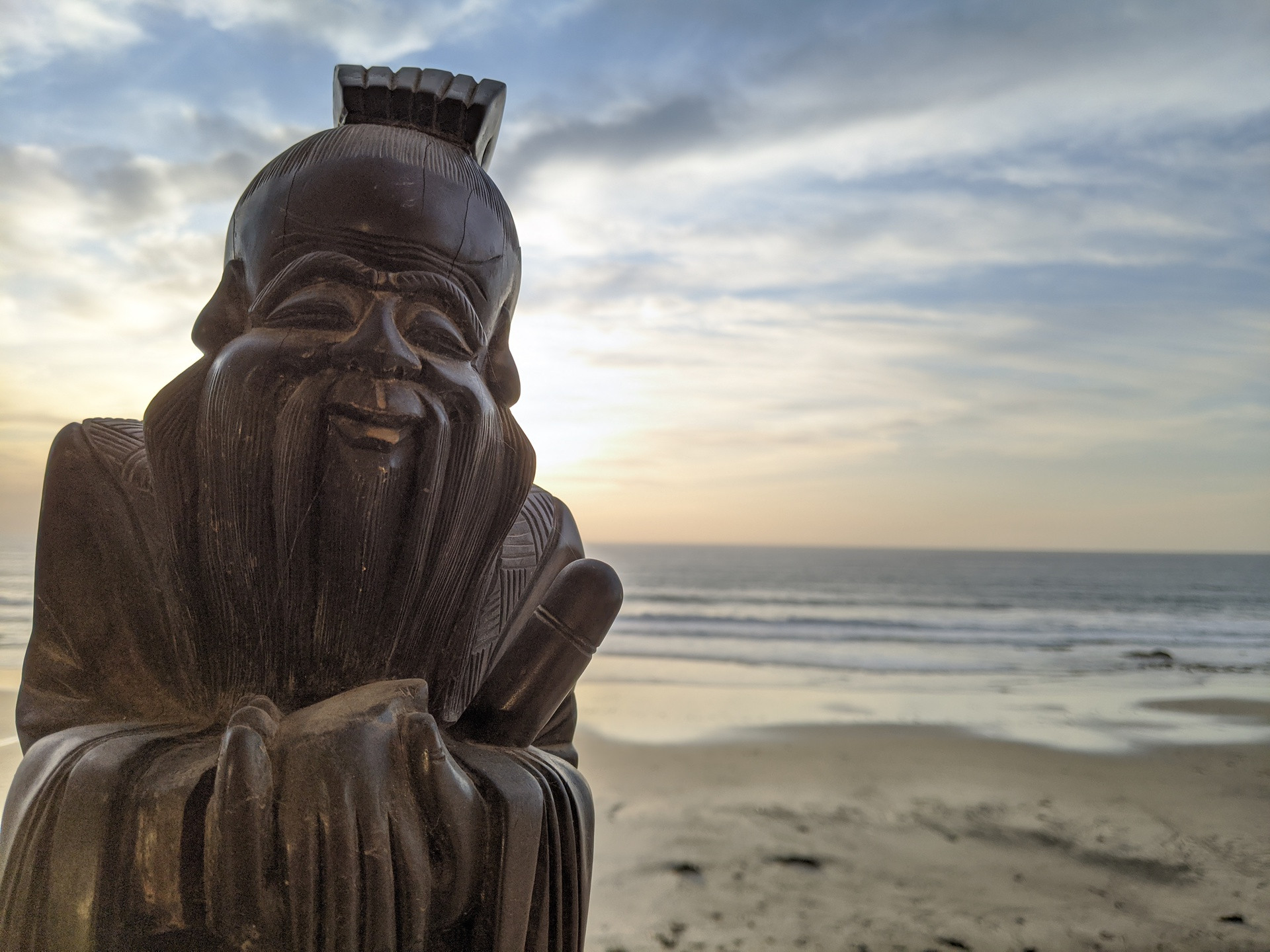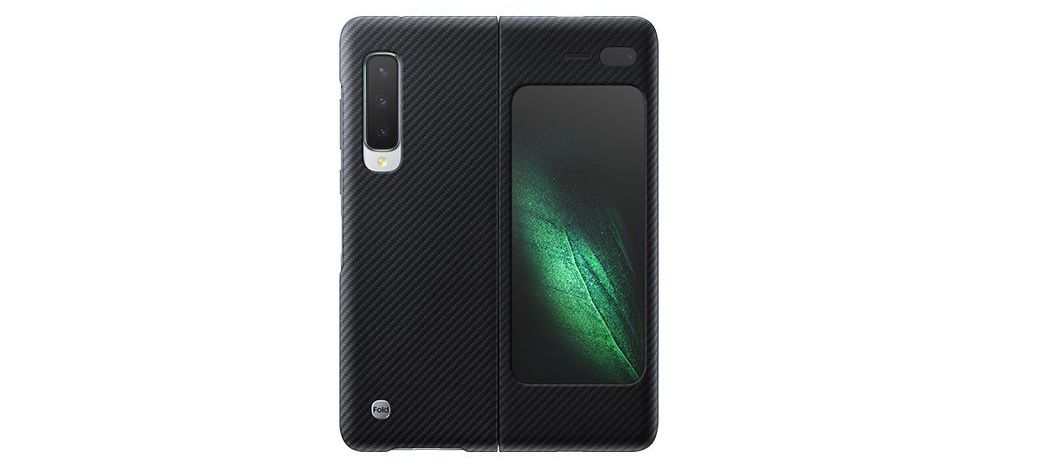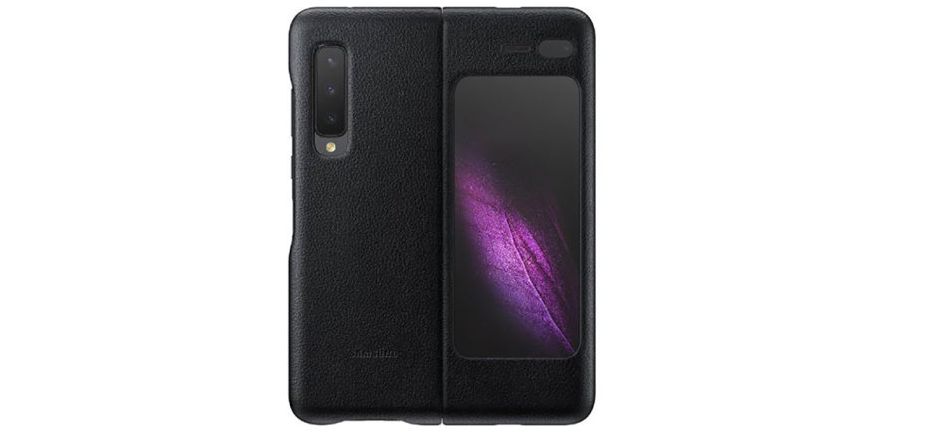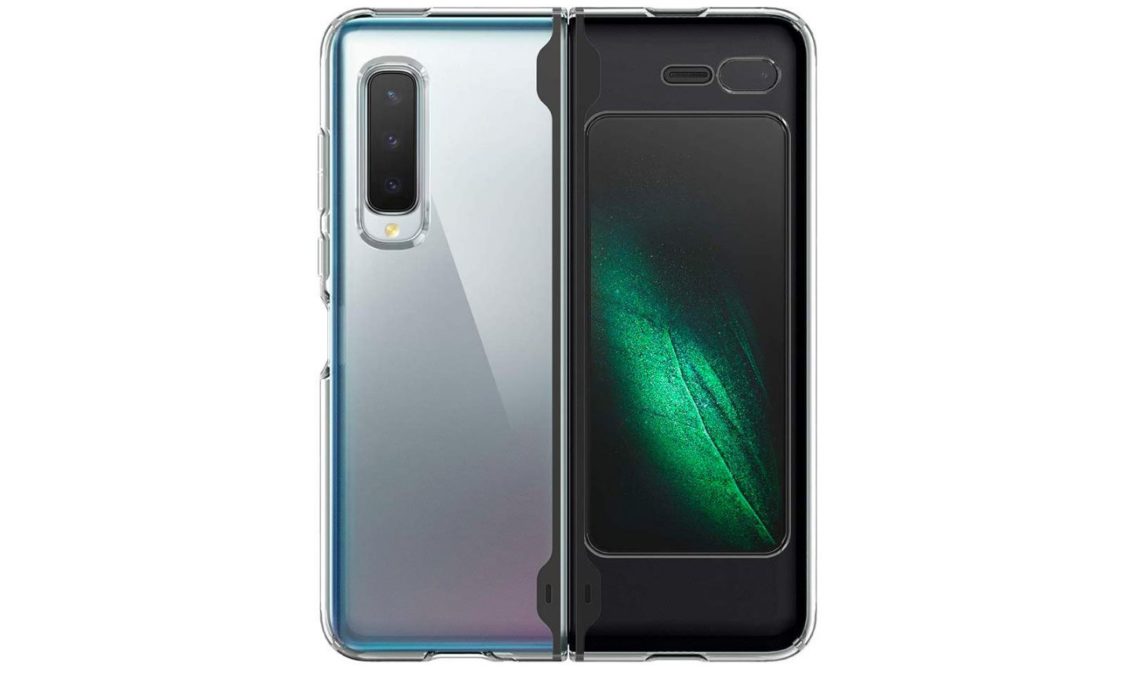
Snapseed is among the best photo editor apps around. Google purchased the company responsible for making Snapseed back in 2012. Since then, its popularity has continued to increase. It is known for its simplicity and abundant feature set. The app is also free, so you might as well give it a go. The only tricky part is learning how to use Snapseed, which is what this post is all about.
Modern smartphones can take stunning photos, but any photographer will tell you taking a shot is only half the battle. Editing is a fundamental part of the photography process, as it can turn good shots into stunning imagery.
We will take you through the editing process of a single image shot with a smartphone, using the most important settings. We won't cover all options available in Snapseed. That would require more time and involvement. Instead, these Snapseed image editing tips and tricks are meant to get you started with the basics, upon which you can improve as you learn more about editing and photography.
- Presets and filters
- Exposure
- White balance
- Crop, rotate, and perspective
- Brush tool
- Healing
Photo shot with a smartphone

I wanted the image to be a general photo any person can shoot, so I took a quick snapshot of a wooden statue I keep at home. No overthinking, no lights, no reflectors, no nothing. This is a simple shot we can turn into something awesome through the power of photo editing.
1. Consider Snapseed's presets and filters
I am no fan of presets or filters, but there is no denying they make life easier than learning a plethora of editing parameters. After importing an image into Snapseed, you will see a tab at the lower-left corner that says LOOKS. Tap on it and look through Snapseed's filters.
In addition, you can go to the TOOLS tab and find the HDR Scape, Glamour Glow, Drama, Vintage, Grainy Film, Grunge, Retrolux, Noir, Portrait, Lens Blur, and other special effects.
These automated edits may be all you require, or it could be a good starting point you can further fine-tune. As for me, I will keep the original image and edit to my liking.
2. Fixing exposure
The first step to take is to fix exposure to your liking. Your phone isn't always smart enough to correctly measure lighting. Even if it does, you might want an image to be darker or brighter for creative reasons. Snapseed has a way to fix this problem. Tap on the TOOLS tab and select Tune Image.
Also read: Photography terms explained: ISO, aperture, shutter speed, and more
You can edit parameters like brightness, contrast, saturation, highlights, shadows, and more. Drag your finger up and down to select which parameter to edit. Then drag your finger left and right to edit whichever parameter you chose.
I want to make the image a little brighter, to make everything look more clear, but I also wanted exposure to be uniform across the frame. To accomplish this I lowered the contrast and highlights, while increasing the shadows. Being at the beach, I felt a warmer tone would also give the photo a special touch, so I increased the warmth by a bit.
Ambiance is a special type of contrast that can balance exposure in a photo. It can create an unnatural look if overdone, so I usually don't play around with it too much. I use it very slightly when I do. This time I increased it by 10.
Here are the changes so far. Not too shabby, but there is much more that can be done to improve it.

- Original photo

- After Tune Image
3. Fix white balance using Snapseed
Fixing the white balance is usually one of my first edits. Cameras often read lighting wrong, which creates odd hues or tints. Make sure you find the balance between blue and yellow, as well green and magenta. Alternatively, you can get creative and give images a hue or tint that wasn't there when the shot was taken. Color theory is an important part of photography.
Also read: What is white balance in photography
I want to keep this image more traditional and I already added some warmth in previous edits. In this case I will simply add a bit of magenta to the tint, just because that purple touch gives beach photos a special look.

- After Tune Image

- After White Balance
4. Crop, Rotate, and Perspective
I don't have an issue with perspective here, or want to crop, but Snapseed has the option for those who want it. The perspective parameter can make a photo straight if you notice you shot it a bit crooked. Cropping can also be convenient for fixing composition or cutting off unwanted elements.
In this case I will simply use the rotate function because the horizon line is not leveled.

- After White Balance

- After Rotate
5. Selective edits using the brush tool
The brush function can be used to make selective edits to your image. I would like to add a more dramatic look to the sky, ocean, and sand in the background, without affecting the wooden statue. To do this I will go to TOOLS and tap on Brush within Snapseed's parameters. This section will give me the option to locally edit exposure, temperature, saturation, and more. In this case I want to saturate the background, so I will select Saturation and bring the parameter up to 10. After doing this, one can simply drag a finger over the areas that need change.
Tap on the eye icon to see the affected areas highlighted in red. If you accidentally edited sections you didn't want to, bring the saturation level down to zero (labeled "eraser") and drag your finger over the affected areas.

- After Rotate

- After Brush
6. Get rid of unwanted objects using Snapseed
Have you ever taken an amazing picture only to find out it was ruined by an ugly piece of trash? It happens to the best of us. Healing makes it possible to highlight objects or elements you want gone. Snapseed's smart fill then takes information from the object's surroundings and intelligently cleans the picture. I will get rid of some of the seaweed in the sand and the rocks to the right of the image.
To do this go to TOOLS and select the Healing option. You can zoom in and out to get a better look at imperfections and change the size of your healing brush. When ready, simply drag your finger over whatever you want to remove and the application will work its magic. Keep in mind it's not always perfect, especially if you want to remove elements that take a large part of the frame.

- After Brush

- Fully edited
Snapseed editing results
We have been showing you the step-by-step development of the photo, but seeing the original shot compared to the fully edited one is something else. The differences are simply astounding.

- Original photo

- Fully edited
We can't stress the importance of editing enough, especially as these tool become more available and user-friendly. This photo was produced from beginning to end using only a smartphone. The Google Pixel 3 XL has an outstanding camera, but there are plenty of phones with amazing cameras. It's also worth mentioning you don't need to spend too much on a camera phone to get good results.
We would love to see what you can do with Snapseed, so go ahead and show us some of your best edits in the comments!
from Android Authority https://ift.tt/2P16UV7
via
IFTTT













































